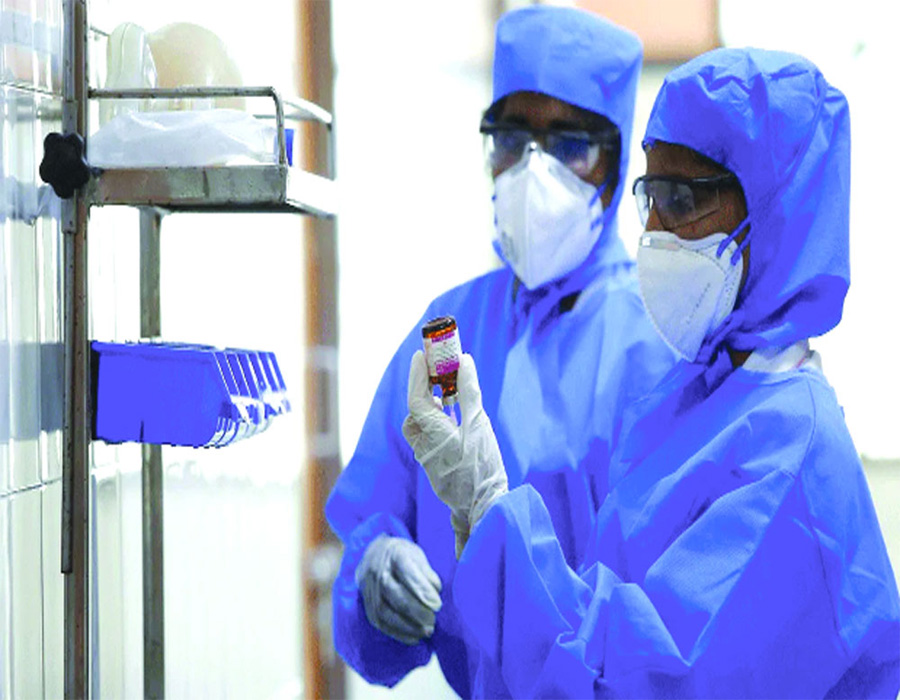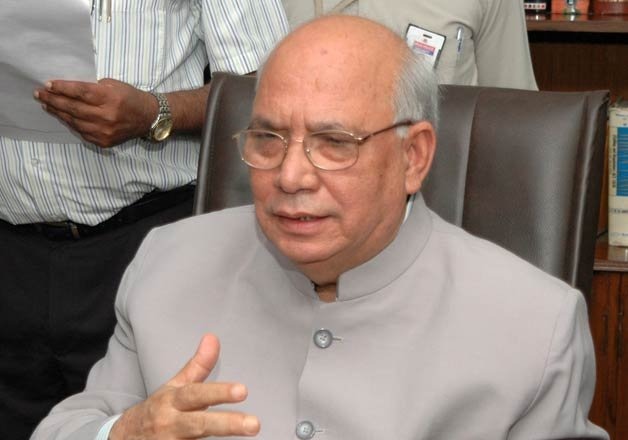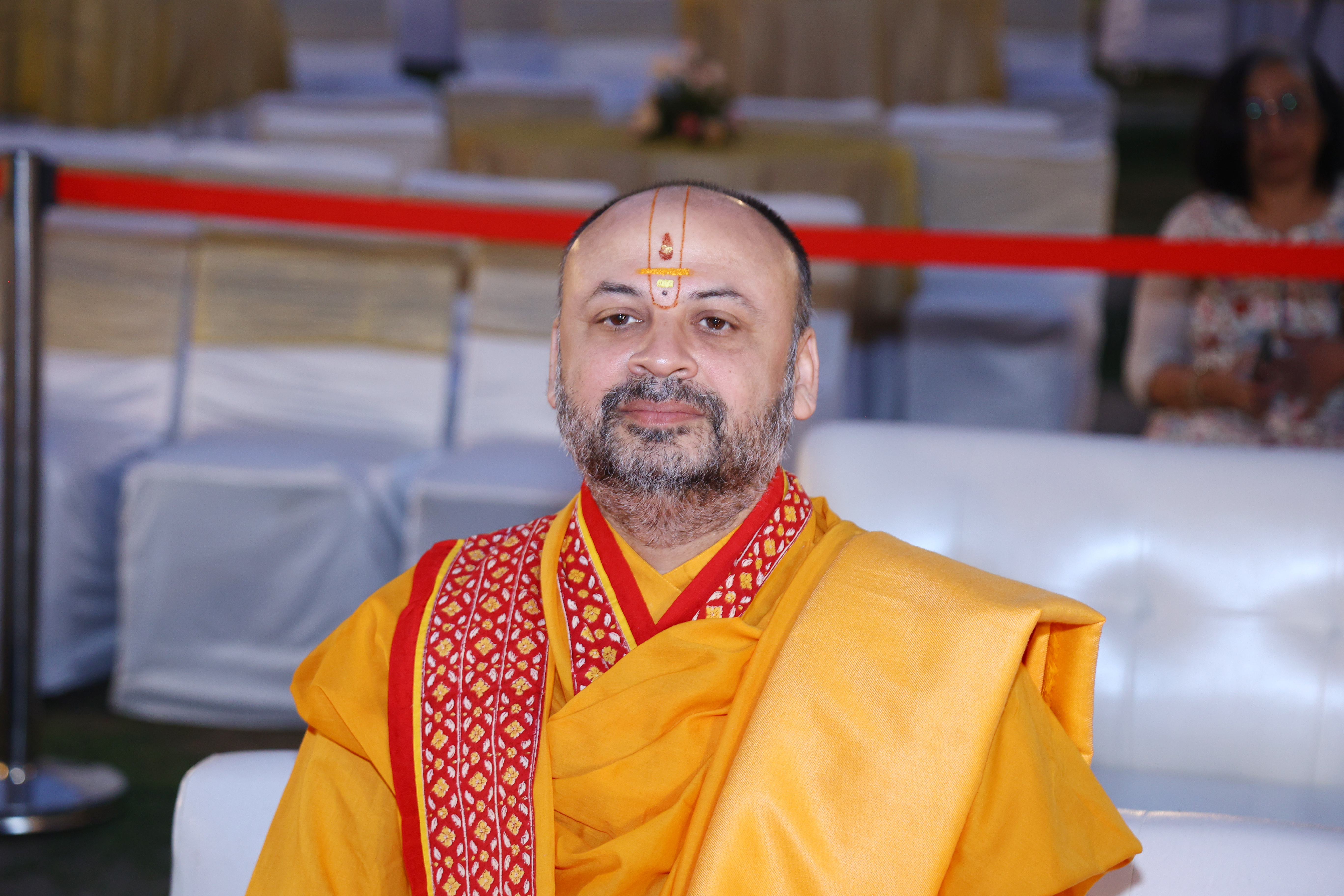The Health Ministry plans only 100 shots at each session
There's no doubt that the administration of the Coronavirus vaccine, which is expected to roll out early next year, will require a general election-like preparedness, booth management and cataloguing, considering that we haven't had any template of a mass immunisation drive. And considering India's population density, any margin of error would translate into a health hazard. So the regulators are rightly being doubly cautious. With the Health Ministry planning to vaccinate 20-30 per cent of India's population to reach a critical mass for herd immunity, and the Serum Insititute CEO Adar Poonawalla claiming that there would be enough vaccines by September-October next year, everybody is getting drill ready. The latest is that each site will administer 100 shots a session, taking precautionary and hygiene measures as well as following COVID-appropriate behaviour. Now with the early rounds of shots in the UK triggering allergic reactions among recipients, the Government is factoring in recovery booths where they will be watched for half an hour and rushed to facilities should anyone fall sick. Poonawalla said the company is preparing to manufacture enough vaccines for the Government and private markets but the challenges are many.
The toughest would be the logistics of the supply chain, the safety of the vials and ensuring enough trained workers to administer and monitor its effects. But we have to reckon with some cold facts. Currently, our immunisation shield means that around 390 million doses of vaccines are administered every year. Assuming we can tap into this network immediately, we will still need to supplement its strength to administer 400-500 million doses of a COVID-19 vaccine by the first two quarters of 2021. Also, a two-shot vaccination drive would mean double the effort. Much has already been said about the challenges of a contiguous cold chain infrastructure. The first vaccines announced by Pfizer and Moderna require sub-zero conditions; they must be thawed from -700C and injected within five days. Else, the whole consignment could go bad. We would have to rely on a vaccine that can be stored and transported in liquid form (anything between 20C and 80C) instead of the frozen kind.








 OpinionExpress.In
OpinionExpress.In















Comments (0)